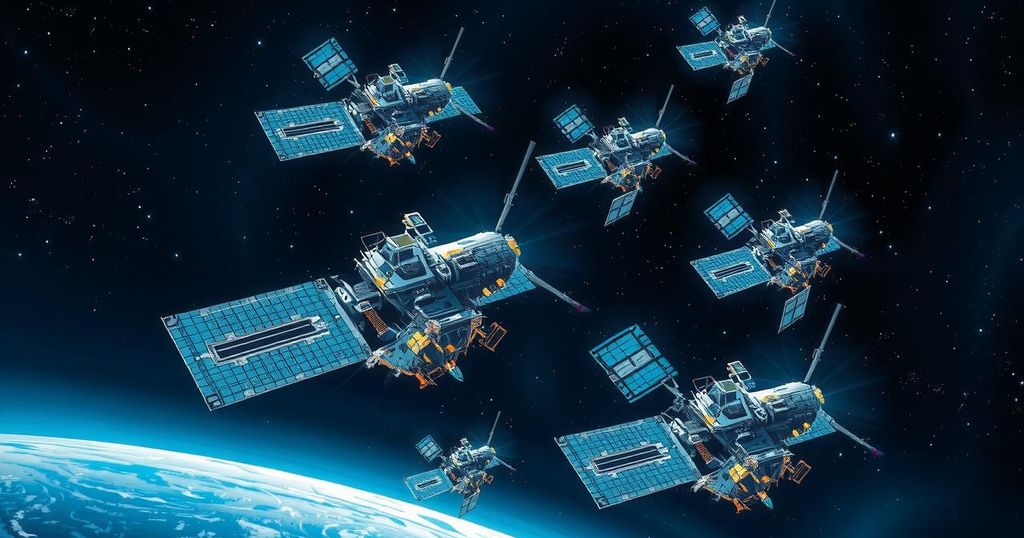Politics
ASIA, BEIJING, BRP SIERRA MADRE, CHINA, CHINA NATIONAL OFFSHORE OIL CORPORATION, FERDINAND MARCOS JR, GILBERT, GILBERTO TEODORO, HIGH-LEVEL DIALOGUE, MALAYSIA, MARITIME SECURITY, NORTH AMERICA, PETE HEGSETH, REUTERS, SOUTH CHINA SEA, SOUTHERN THEATRE COMMAND, TERRITORIAL DISPUTE, TERRITORIAL DISPUTES, UNITED STATES, US ENERGY INFORMATION ADMINISTRATION, WASHINGTON
Omar El-Sharif
China Discovers Major Oilfield in South China Sea Amid Territorial Tensions
China has discovered a 100 million tonne oilfield in the South China Sea, with daily yields of 413 barrels of crude oil and 68,000 cubic meters of natural gas. Territorial disputes hinder exploration, while military patrols underscore tensions in the region, significant for global trade.
The China National Offshore Oil Corporation (CNOOC) has announced the discovery of a significant oilfield in the South China Sea, specifically the Huizhou 19-6 oilfield, located approximately 170 kilometers from Shenzhen, Guangdong Province. According to a report by the state-run news agency Xinhua, the site has potential reserves of 100 million tonnes of oil. Initial test drilling has yielded daily production figures of 413 barrels of crude oil and 68,000 cubic meters of natural gas.
Despite its discovery, the region remains largely underexplored due to ongoing territorial disputes. The U.S. Energy Information Administration, as reported by AFP, notes that most oil and gas findings are located in territory not subject to contention. China claims nearly all of the South China Sea, a position that is contested by several nations including the Philippines, Malaysia, Vietnam, Indonesia, and Brunei.
In relation to ongoing military activities in the region, China’s military recently conducted patrols in the South China Sea while the U.S. Defense Secretary reaffirmed support for the Philippines during his visit. The Southern Theatre Command of the People’s Liberation Army critiqued the Philippines for soliciting foreign assistance in joint patrols, labeling such actions as destabilizing. This military movement coincided with joint naval exercises involving the United States, Japan, and the Philippines in the same waters.
The South China Sea is a critical maritime route for global commerce, with about $3 trillion worth of goods transiting through it each year, making it one of the most significant marginal seas in the western Pacific. This underscores the geopolitical and economic importance of the region amidst ongoing tensions.
In conclusion, the discovery of a massive oilfield in the South China Sea by CNOOC highlights the region’s untapped potential for energy resources. However, the ongoing territorial disputes hinder exploration efforts. Concurrently, military activities and international naval drills underscore the geopolitical tensions involving China and its neighboring nations. The South China Sea’s significance for global commerce further complicates these dynamics, making it a focal point in regional diplomacy.
Original Source: www.hindustantimes.com








Post Comment